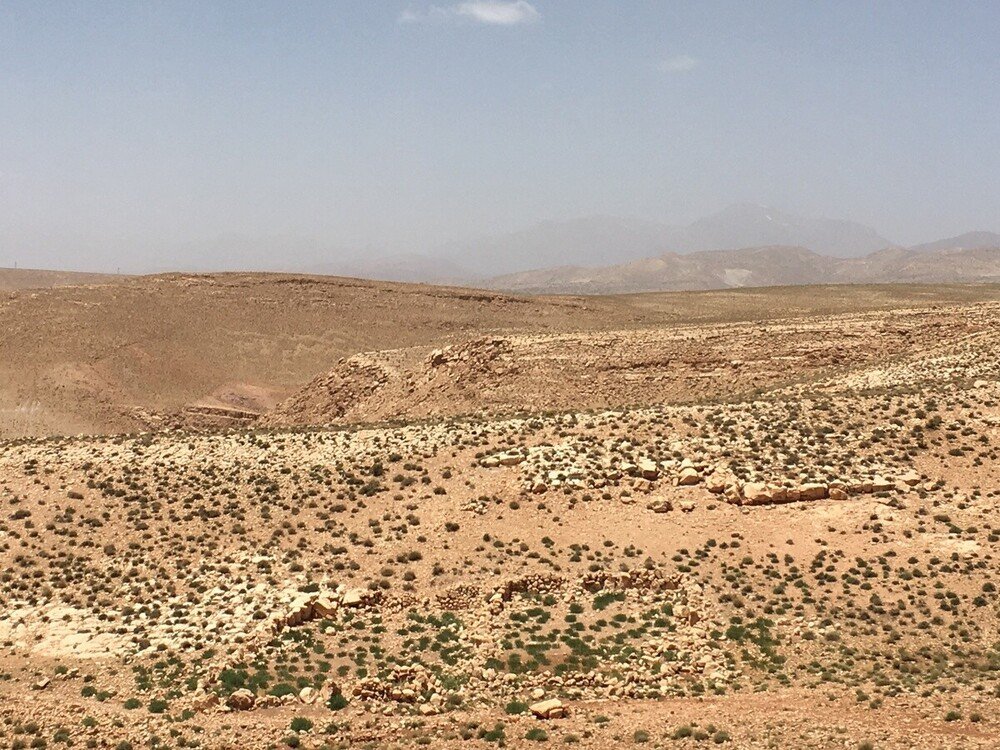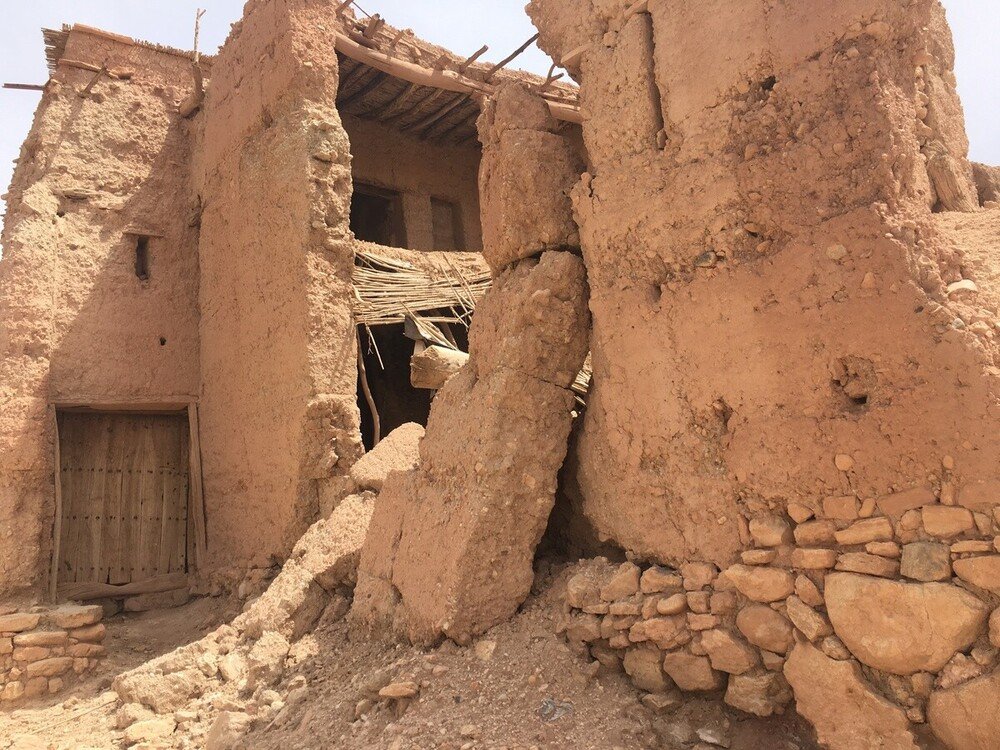
The trek that inspired two books
Don’t forget! The Spirit Dog is a true story. Everything that happens in the book happened in real life, whilst Steve was making his trek from the top of the Atlas Mountains through to the Sahara desert.
The story of The Spirit Dog starts with Steve standing on top of Mount Toubkal, the highest peak in North Africa, early one morning…
“I looked east to where the sun had risen and thought to myself: if kept going from here I would eventually get to the dunes of the mighty Sahara Desert…”
And I knew in that instant I would have to do it!
The original trek inspired Steve to write Stumbling Over Eden, the sibling book to The Spirit Dog. It starts with an idea born on the top of Mt Toubkal the highest peak in North Africa - to walk from the roof of the High Atlas Mountains to the sands of the Sahara Desert. What results is a fantastical tale involving a Krupp cannon, arrest, being tailed by the secret service, the lairs of old warlords, a spirit dog, a lost tribe of dwarfs and an amorous camel. But more than that, it is a story of resilience, companionship, independence, the strange weave of history and the true meaning of adventure.
The Spirit Dog is the heart-warming and moving tale of the mysterious dog that adopted Steve on the way.
Steve’s map of the journey
(Click to download a PDF!)
Galleries
Black, the dog
The team
The scenery
Maps!
Wild nights…
Can you spot the bits of the book these are linked to?
Some more “arty” photos
Interview with Moha - coming soon!
More about the Berber people
The Berber people, also known as the Imazighen, have lived in the High Atlas Mountains of Morocco for thousands of years, with their origins tracing back to North Africa's earliest inhabitants. Their history is rich and colourful, filled with stories of resilience and a deep connection to their land.
The High Atlas Mountains are a rugged and beautiful region, with towering peaks and lush valleys. The Imazighen have adapted to this challenging environment by developing unique farming and herding techniques. They grow crops like barley and wheat on terraced fields carved into the mountainsides and raise sheep and goats that graze on the high pastures.
Life in the Berber villages is centred around strong family ties and community. Traditional Berber homes, called "tighremts," are made from mud bricks and have flat roofs that provide extra living space. The villagers often come together to help each other with farming tasks, celebrations, and building projects.
The Berber culture is known for its vibrant art and music. Berber women are skilled weavers, creating intricate rugs and textiles with geometric patterns and bright colors. Music and dance are also important parts of their culture, with traditional instruments like drums and flutes accompanying lively dances at festivals and weddings.
Despite changes brought by modern life, the Berber people continue to honour their traditions and pass them down through generations. They speak Tamazight, their native language, and take great pride in their unique heritage. The Imazighen's way of life is a testament to their ability to thrive in harmony with the beautiful but challenging landscape of the High Atlas Mountains, surviving as skilled farmers and herders.


























































